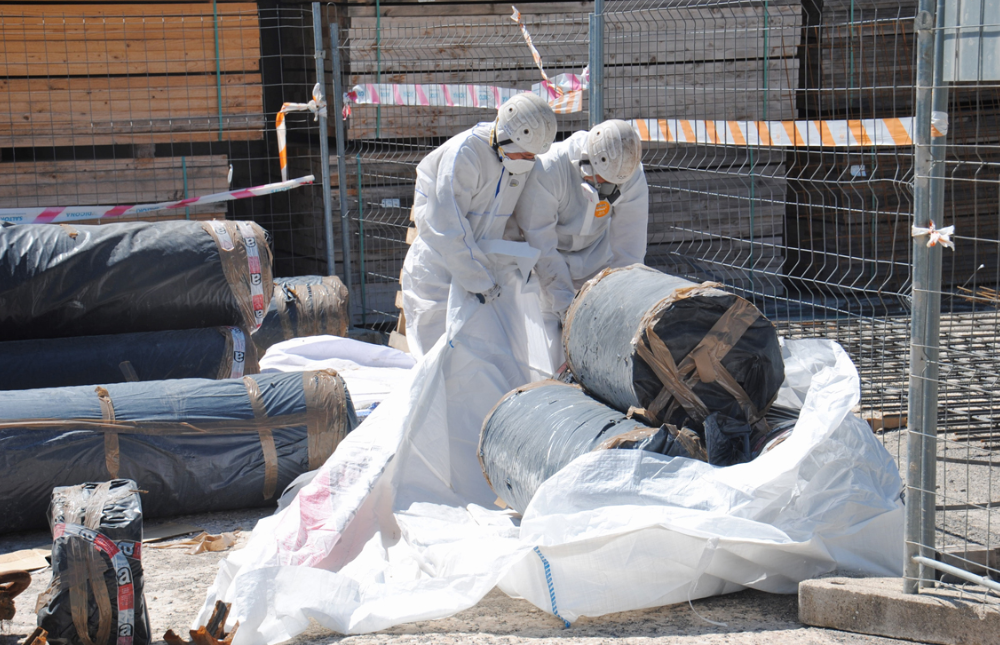5 Practices for Safe Asbestos Disposal in Nelson
Asbestos, a group of naturally occurring minerals, was once hailed for its heat resistance, strength, and insulating properties. However, we now understand that exposure to these fibrous materials can lead to serious health problems, including lung cancer and mesothelioma. Therefore, handling and disposing of asbestos requires careful attention to safety measures. Here, we present five practices for safe asbestos disposal in Nelson.
1. Understand the Risks
Before you start dealing with asbestos, it’s crucial to understand the potential health risks. When disturbed, asbestos releases tiny fibres into the air, which can be inhaled and become lodged in the lungs, leading to long-term health issues. Therefore, any activity that involves handling asbestos should prioritize safety to prevent these harmful particles from becoming airborne.
2. Wear Appropriate Personal Protective Equipment (PPE)
Wearing the right PPE is a fundamental aspect of asbestos management. At a minimum, anyone handling asbestos should wear a respirator with a high-efficiency particulate air (HEPA) filter, disposable coveralls, safety goggles, and rubber boots. These items protect against inhalation and ingestion of asbestos fibres, as well as prevent contamination of clothing and skin.
3. Isolate the Work Area
When you need to do asbestos testing in Nelson, it’s essential to isolate the work area to prevent the spread of fibres. This could involve closing doors and windows, sealing off air vents, and using plastic sheeting to contain the work area. It’s also recommended to display warning signs to alert others to the presence of asbestos.
4. Use Safe Work Methods
Certain work methods can minimize the risk of asbestos fibre release. For instance, keeping materials damp can prevent dust from becoming airborne. Also, avoid using power tools, which can disturb asbestos and create dust. Instead, use hand tools and gentle techniques to minimize disturbance of the material.
5. Dispose of Asbestos Properly
After asbestos has been safely removed, it needs to be disposed of correctly to prevent further risks. Asbestos waste must be placed in sealable, labelled containers and taken to a licensed disposal facility. Never attempt to recycle or reuse asbestos-containing materials, as this could lead to further contamination.
Conclusion:
While asbestos disposal in Nelson can seem daunting, adhering to these practices can significantly reduce the associated health risks. Always remember that if you’re unsure or uncomfortable handling asbestos, it’s best to call in professionals who are trained in asbestos management. Your safety and health should always be the top priority.
